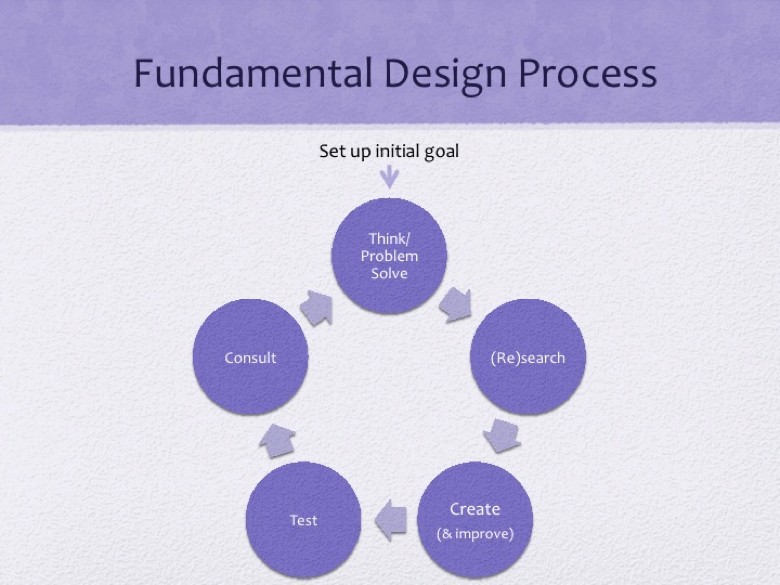Why Engineering in Early Education*
The most recent calls for reform in engineering education began a decade ago and have been acknowledged and supported by many engineering professional societies, organizations, and scholars. A brief review of the history of the calls reveals that it began with recognition of changes in national and global demand.
Until recently, most of the efforts concentrated on reforming engineering education at the college level. As efforts to reform engineering education working only at the college level did not appear to be producing the desired effects, scholars have in earnest turned their attention to precollege educational experiences as antecedents of behaviors that lead to some of the known problems in engineering education, such as attraction and retention to the discipline, as well as diversity. Therefore, examining pre-college STEM education seems appropriate.
In 2009 the Committee on K–12 Engineering Education released the “Engineering in K–12 Education: Understanding the Status and Improving the Prospects” report, and presented three general principles for K-12 Engineering Education (National Academy of Engineering and NRC, 2009).
•Principle 1. K–12 engineering education should emphasize engineering design.
•Principle 2. K–12 engineering education should incorporate important and developmentally-appropriate mathematics, science, and technology knowledge and skills.
•Principle 3. K–12 engineering education should promote engineering “habits of mind.”
The belief of early experiences as determinants of later experiences has long constituted a basis of educational planning. Under this light, identifying the appropriate age and manner in which early childhood education becomes part of engineering education, is very important in the current climate.
Why Design Based Learning
“Design-based learning (DBL) is a form of project-based learning in which students learn what they need to learn in a just-in-time fashion while trying to design something” (Schunn Lab, 2012). As engineers through the design process “act to shape our world” (Niedderer, 2007), design knowledge appears to be a crucial learning component of engineering education.

What raises engineering educators’ interest towards design is its dual nature since design is both the content of the process to be taught as well as one of the most appropriate methods for teaching while following the design learning by doing approach.Taking under consideration that engineering-design learning, thinking, and practicing arguably constitute the core of engineering and tie all engineering related knowledge, skills, and traits together (Adams, 2010), developing a design-based curriculum appeared as the most appropriate way to go.
Why This Curriculum*
Bringing engineering into pre-college education appears so far to be following a 12-K approach. Effort is mainly centered on high school and middle school students, and some programs have been developed for the upper elementary grades. However, in early education, resources are still very limited. Scattered activities or small scale engineering lesson plans can be found for a teacher to use in class, mainly presented without an assessment tool; but extremely limited outreach programs, standards, or complete PreK-3 engineering curriculum setting a clear teaching philosophy, learning goals, and assessment tools exist yet.
Based on 4 years of preliminary observations and early engineering related research conducted through the School of Engineering Education at Purdue University, and considering the desired learning outcomes and the nature of a STEM design-based curriculum, two curricular frameworks were selected: The Creative Curriculum for preschool (Dodge, Heroman, Colker, Bickart, Copley, et al., 2010) and The Project Approach (Katz and Chard, 1990). The Creative Curriculum for preschool is a holistic teacher-driven framework (Dodge, Heroman, Colker, Bickart, Copley, et al., 2010) that was already used in the prekindergarten classroom in which the study took place, while The Project Approach is a child-driven framework developed to be used in compliment with other teacher-driven preschool education curricular frameworks (Katz and Chard, 1990). The Creative Curriculum was selected as the foundation in order to establish a stimulating early engineering learning environment and to address development of selected pre-planned STEM knowledge and skills within the design project implemented through the P2E, while The Project Approach was employed in order to complement The Creative Curriculum for preschool and to offer to the children a child-driven design project experience.
*As presented in Bagiati. A. (2012) Early Engineering - A Developmentally Apropriate Curriculum for Young Children. PhD Dissertation. School of Engineering Educatin- Purdue University
